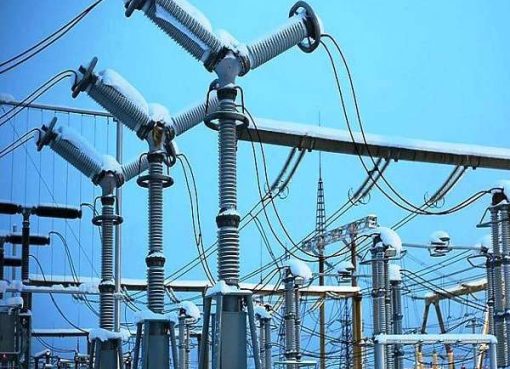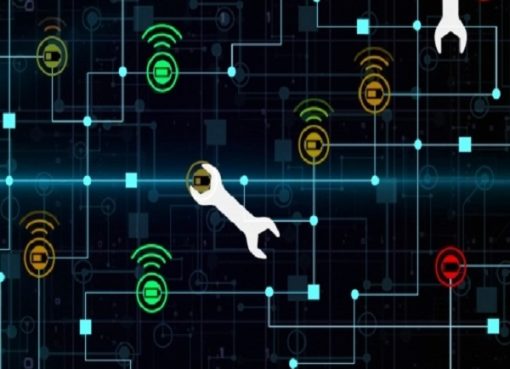A deep-learning model developed at Los Alamos National Laboratory could help estimate earthquake magnitude in real time and provide earlier warnings of tsunamis.
“Our model unlocks real-time estimation of earthquake magnitude, using data routinely treated as noise, and can immediately be transformative for tsunami early warning,” said Bertrand Rouet-Leduc, a scientist in Los Alamos’ Geophysics group.
Rapid and reliable magnitude estimation for large earthquakes is crucial to mitigate the risks associated with strong shaking and tsunamis.
Currently, systems used to detect earthquakes are based on seismic waves, which makes them unable to rapidly estimate the size of large earthquakes. Since the estimations are based on the shaking produced by an earthquake as it happens, they cannot prevent the consequences of the disaster until it is already too late.
Unlike seismic-based early warning, the speed-of-light ‘Prompt Elasto-Gravity Signals’ (PEGS) approach devised by Rouet-Leduc’s team relies on gravity waves. This new method does not saturate with magnitude and can immediately distinguish between magnitude 8 and 9 earthquakes. The PEGS approach, in fact, becomes more accurate the larger the earthquake is. This method had never previously been tested for earthquake early warning.
The Los Alamos research team showed that PEGS can be used in real time to track earthquake growth and magnitude immediately after it reaches a certain size. The team developed a deep-learning model that leverages the information carried by PEGS, which is recorded by regional broadband seismometers in Japan.
After training the deep-learning model on a database of synthetic waveforms augmented with empirical noise measured on the seismic network, the team was able to show the first example of instantaneous tracking of an earthquake source on real data.
This model, combined with real-time data, can alert communities much earlier if a subduction mega-earthquake is large enough to create a tsunami that will breach seawalls, potentially saving many thousands of lives in the process.
Source: E&T










